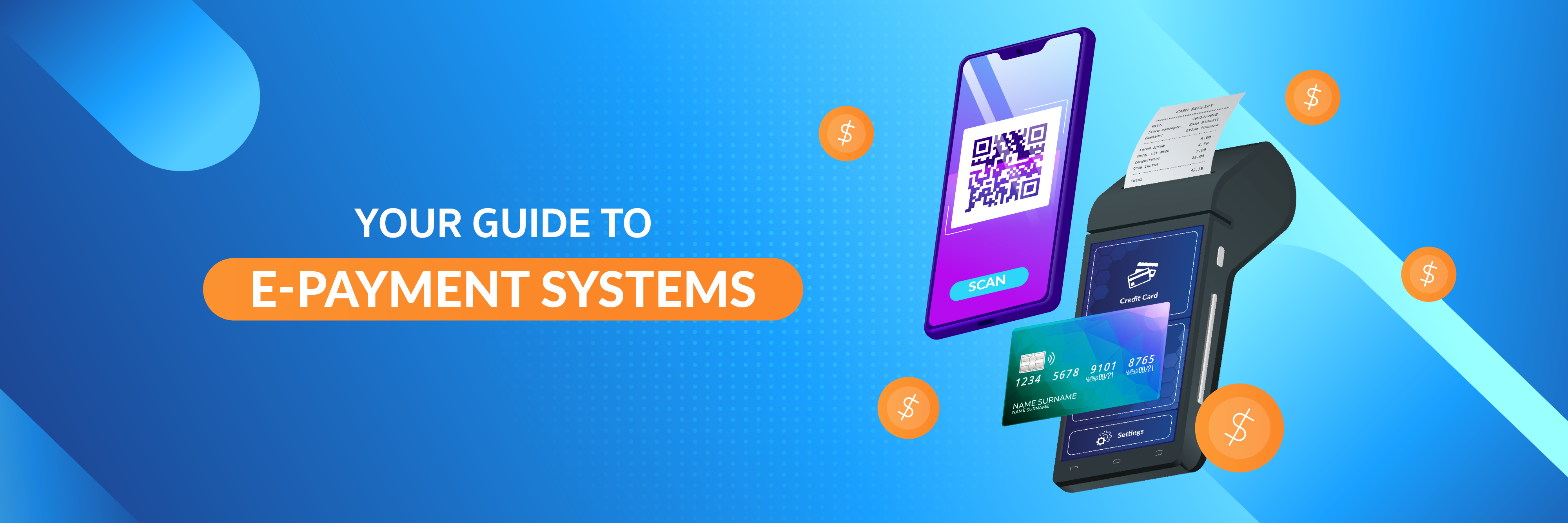Entering a Cashless Society: Your Guide to E-Payment Systems.
Today, transferring money, making payments, or conducting various financial transactions can be done conveniently and swiftly with just a mobile phone.
These are done using e-payment systems (Electronic Payment Systems) where besides making spending convenient , they have also greatly changed our lifestyle for the better.
There are several types of e-payment channels, each suitable for different user groups. Let’s explore them together.
What is an e-Payment system?
An e-payment system (Electronic Payment System) is a payment method that offers convenience by replacing cash transactions with other electronic forms. It facilitates easy and fast payments or transfers between parties via smartphones or computers connected to the Internet, where all e-payment system providers operate under the supervision of the Bank of Thailand.
How Many Types of e-Payment Systems are There?
Currently, under the Bank of Thailand's regulations, e-payment systems are classified into the 8 following types:
1. Electronic Data Capture (EDC) Machines:
Devices installed by merchants to accept payments for goods and services. They support various payment methods depending on the service provider, including credit and debit card payments, QR Code scans, and popular e-Wallets such as ThaiQR, Alipay, True Money, and Line Pay. EDC machines can also facilitate credit card installment payments.
2. Mobile Payment:
This type of e-payment service is integrated with merchant applications, allowing users to purchase items within the app and pay immediately via smartphones with internet access. Payments can be made using debit or credit cards, through mobile banking apps, Thai QR, or various e-wallets.
3. Clearing:
Handling payment verification and confirmation for account debits as per the agreement with the bank, ensuring accuracy and speed in payment processing.
4. Payment Collection:
Allowing individuals or businesses to make or receive payments through a third-party intermediary without having to transact directly with the seller or service provider.
5. Transaction Switching:
An intermediary connecting e-payment service providers and users to facilitate the transfer of payment transaction data according to agreed terms.
6. Payment Card Network:
Involves payments through ATM, credit, and debit cards, transmitting user financial information to the card provider where the payment amount is immediately deducted from the cardholder's deposit account. The functions vary depending on the card type for example, on credit cards the spending amount is billed according to the agreed-upon cycle, and if unpaid, interest and fines will incur.
7. e-Money:
Electronic payment systems where users create e-Money accounts and load funds through various channels to pay for goods or services, known as e-Wallets. Examples include mobile apps like True Money, Alipay, and Line Pay.
8. Settlement:
Facilitating the transfer of money or assets between parties via an advance payment service to automatically deduct from the user's account to settle with the creditors. This includes securities trading, payments, and foreign exchange transactions.
Which groups of users are e-Payment systems suitable for?
e-Payment systems offer convenience, time saving, and various systems catered to various individual needs, making them suitable for a wide range of users:
· Users Seeking Convenience and Speed:
e-Payment systems reduce the time spent on payment transactions and offer various financial services such as online shopping or paying for services via mobile phones.
· Business Owners and Entrepreneurs:
e-Payment systems provide multiple convenient and fast transactions through different channels for business owners and entrepreneurs.
· Individuals Needing High Security:
e-Payment systems have high-security measures to effectively protect your financial information.
Payment systems for financial transactions in Thailand have become increasingly convenient and agile. They will continue to evolve with market trends and new technologies to offer users more benefits in the future.
Interested in services from GHL? Contact us today:
Call: 0-2440-0111
Or click: https://th.ghl.com/contact


